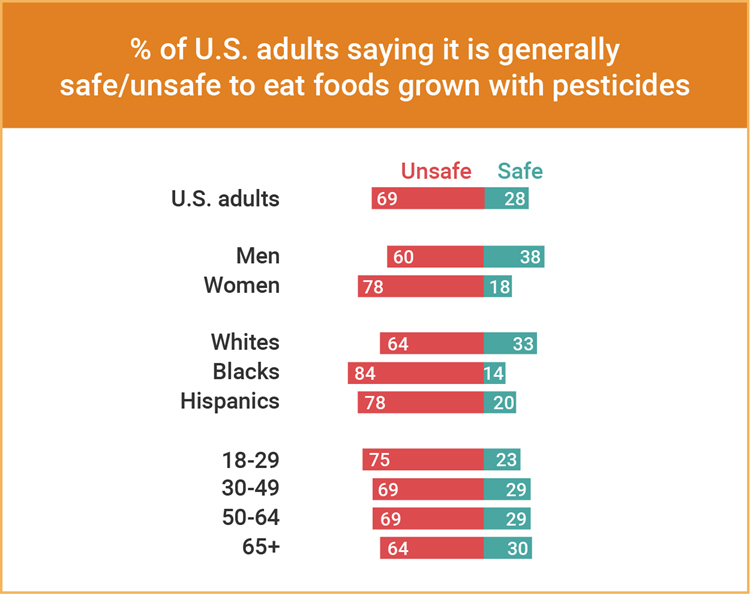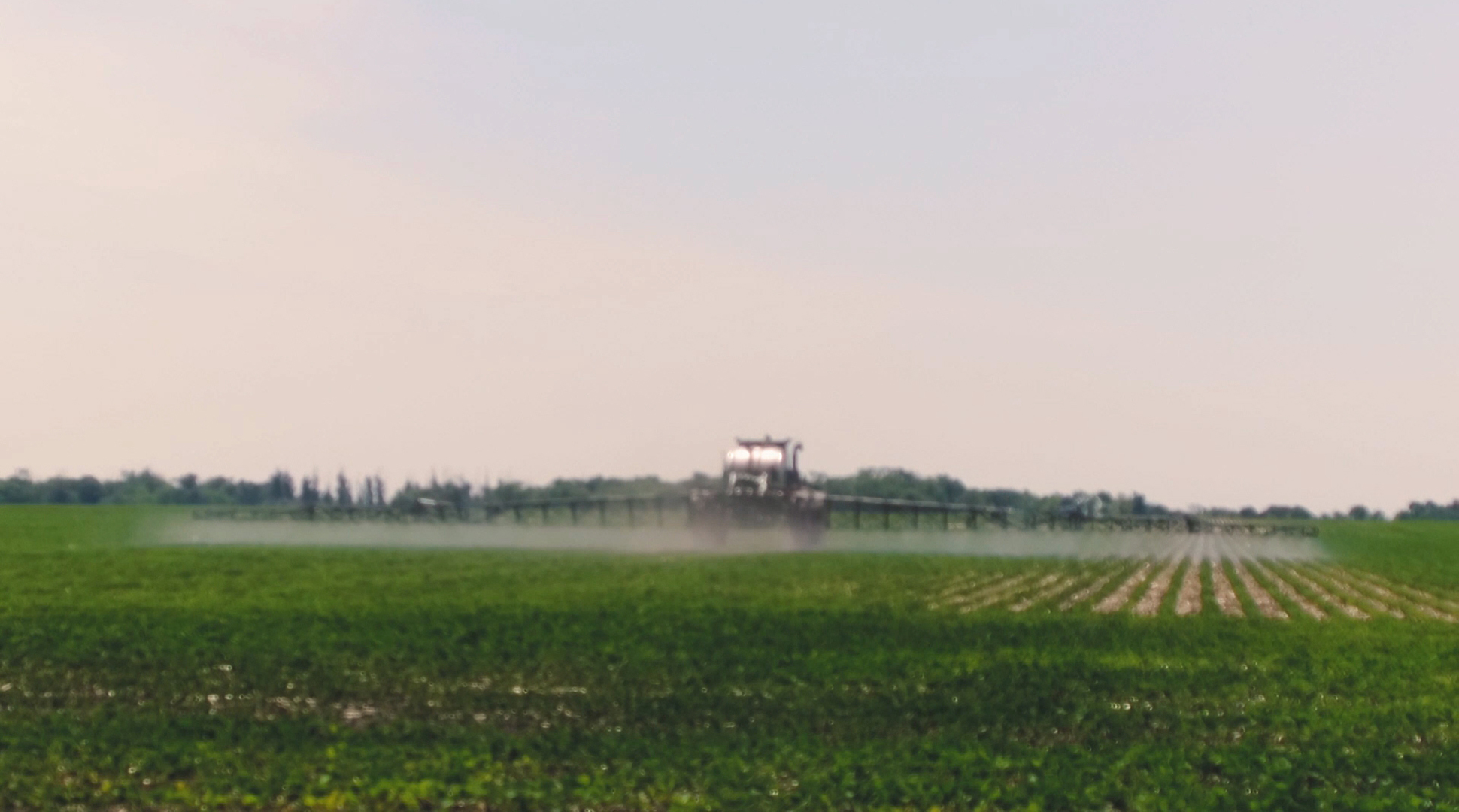Editor's note: For the next six Mondays, On Your Table will be sharing a series from the Genetic Literacy Project about pesticide and food.
By Kayleen Schreiber and Marc Brazeau
In 1962, Rachel Carson’s Silent Spring drew attention to pesticides and their possible dangers to humans, birds, mammals and the environment. Some of her conclusions and warnings have not held up over time, but Silent Spring produced a movement that changed how the U.S. thought about chemicals and biotechnology.

Today, pesticides are still high on the list of concerns for consumers when they are deciding what food or products to buy. Pesticides, even at minute levels, are still viewed as dangerous and bad for the environment. Many of these views are not based on current scientific evidence, but instead on general beliefs and values, often along the lines of ‘natural is better’ and the fear that human interference produces negative and damaging consequences to the environment. Many of these views can be traced back to the movement inspired by Rachel Carson’s Silent Spring.
Many consumers believe organic foods are not grown using pesticides, thus healthier for humans and for the environment. This leads many to buy organic produce instead more affordable conventional produce. There are movements to ban synthetic pesticides. However, some organic foods are also grown using pesticides. The main difference is that the pesticides used to grow organic food are derived from natural sources rather than produced synthetically. Some organic pesticides are actually more toxic than their synthetic counterparts, as synthetic pesticide development is not limited to the requirements of sticking to solely natural sources. Nevertheless, the bulk of organic-approved pesticides are used by conventional farmers, mostly sulfur compounds used to control fungus.
Read more at the Genetic Literacy Project.
This article excerpt is part 1 of a 6 part series – Pesticides and Food: It’s Not a Black or White Issue – that ran originally on the Genetic Literary Project and is reposted here with permission of the GLP and the authors.
